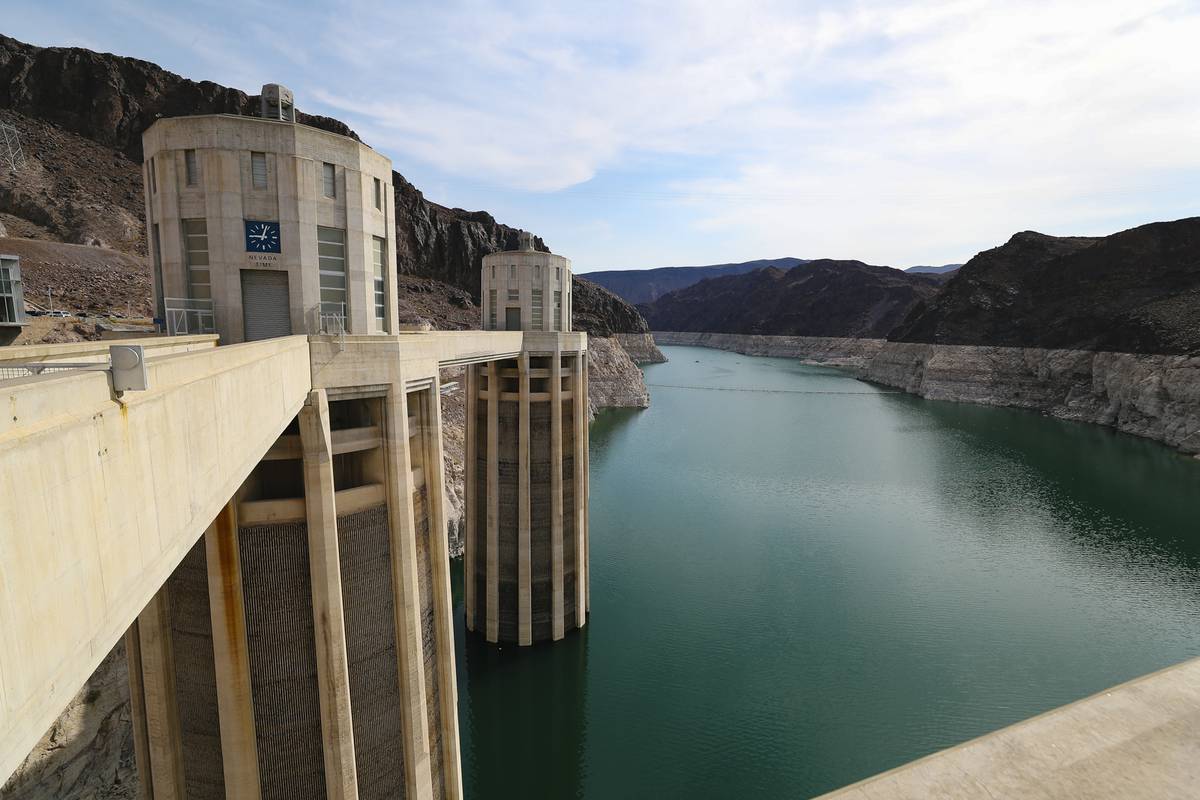I pay much more for electricity and much more for fuel. But the cost of PV is about the same. This is why on paper PV looks like it makes sense for me.
Trying to bring this back around by spitballing some numbers:
Puerto Rico uses about 20,000,000 MWh per year.
https://www.worldometers.info/elect...0,951,000 MWh,of its annual consumption needs).
Population of 3 million with lots of fluctuation
https://www.worldometers.info/world-population/puerto-rico-population/
This gives an average consumption of 6.7 MWh per person
US as a whole is about 3,800,000,000 MWh per year with a population of 330 million, so roughly 2x per person more average consumption, but in the same ballpark.
Peak sun hours per day in Puerto Rico is about 5, so to get 6.7 MWh per year you need a 3.5 kW array.
I am going to make the spitball claim that all of Puerto Rico's electricity needs could be met using PV plus energy storage at a cost of $15,000 per person.
I know the above can be ripped apart many different ways; I'm just throwing it out for discussion.
-Jon

